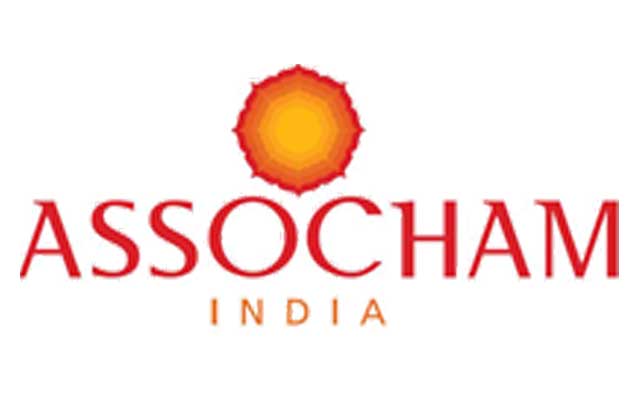
Rs. 8 Lakh crore NPAs likely to undergo bankruptcy proceedings by March 2019: ASSOCHAM
“So, it should be safe to assume that the NPAs mess would largely be resolved by the first quarter of financial year 2019-20. This would be helped by a combination of several factors – turnaround in the economic cycle and some resolute steps by the government and the Reserve Bank of India to fix the issue,” ASSOCHAM study titled NPAs Resolution: Light at the end of tunnel by March 2019.
Although entire NPAs could be put on the altar of IBC resolution mechanism, it has to be seen how much and how fast they actually goes out from the balance sheets of banks which at this point of time seem very stressed, it said.
It is no secret that NPAs are a big drain on the financial health of banks especially public sector banks (PSBs).
For example, 27 PSBs collectively made an operating profit of Rs 1.5 lakh crore in 2016-17, but after allowing for the provisioning for bad loans, among others, net operating profit slipped to a paltry Rs 574 crore.
If balance sheet numbers are anything to go by, it simply brings home the fact that banks have no capacity to do fresh corporate lending that is necessary for pushing subdued private sector investment, the study said.
Releasing the report ASSOCHAM Secretary General D S Rawat said it is to be noted that 16-month Asset Quality Review (AQR) exercise that ended in March 2017 pulled out NPAs from the closet and after this deep surgery strong medicine was required to quickly heal the system.
“So, somewhat bitter medicine came in the form of the Ordinance promulgated by the President in May. The government gave wide- ranging legislative powers to the Reserve Bank of India (RBI) to issue directions to lenders to initiate insolvency proceedings for the recovery of bad loans that have reached unacceptably high levels,” he said.
The Ordinance authorised the RBI to issue directions to any bank or group of banks to initiate insolvency resolution process in respect of a default under the provisions of the Insolvency and Bankruptcy Code (IBC), 2016.
The law also empowered the RBI to set up sector related oversight panels that will shield bankers from later action by probe agencies looking into loan recasts.
Just in the recent past, the RBI has expanded the overseeing committee (OC) by appointing three more members to the high-level panel headed by former chief vigilance commissioner Pradeep Kumar. Now 5-member panel will work through multiple benches.
Banks have been reluctant to resolve NPAs through settlement schemes or sell bad loans with hair cut to asset reconstruction companies for fear of 3Cs -- CBI, CAG and CVC. With the institution of OC, the top bankers should get some cushion against the 3Cs, since the key decisions which involve taking losses by the banks, would be taken by an institutional mechanism and not one or few individuals.
Within hours of the notification of the ordinance amending the Banking Resolution Act 1949, the RBI, eased the decision making process in the Joint Lenders' Forum (JLF) and Corrective Action Plan (CAP) under the 'Framework for Revitalising Distressed Assets in the Economy'.
To begin with, RBI empowered by the ordinance initiated the process of resolution and identified 12 accounts each having more than Rs 5,000 crore of outstanding loans and which accounting for 25 per cent or nearly Rs 2 lakh crore of total NPAs of banks for immediate referral for reaching a conclusion under the Insolvency and Bankruptcy Code.
So, in about next two years, the entire NPAs worth Rs 8 lakh crore should either be settled through the IBC process or other NPA resolution mechanism like Strategic Debt Restructuring Scheme (SDR) and Sustainable Structuring of Stressed Assets (S4A) or – Corporate Debt Restructuring (CDR).
NPAs of entire PSBs rose by over Rs 1 lakh crore to Rs 6.06 lakh crore during April-December of 2016-17, the bulk of which came from power, steel, road infrastructure and textile sectors.
Large loans of Rs 10 crore and above make up for 79 per cent of total gross non-performing loans. It is to be noted that Iron & Steel, Infrastructure, Agriculture and Textiles contributed the most to stressed assets at 26.1 per cent, 11.8 per cent, 9.7 per cent and 6.6 per cent respectively.
Support Our Journalism
We cannot do without you.. your contribution supports unbiased journalism
IBNS is not driven by any ism- not wokeism, not racism, not skewed secularism, not hyper right-wing or left liberal ideals, nor by any hardline religious beliefs or hyper nationalism. We want to serve you good old objective news, as they are. We do not judge or preach. We let people decide for themselves. We only try to present factual and well-sourced news.







